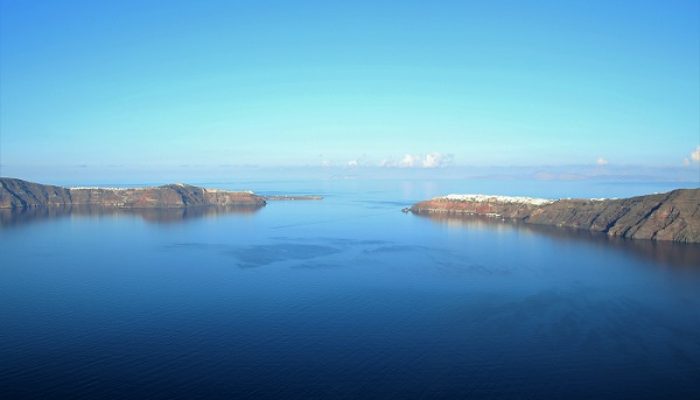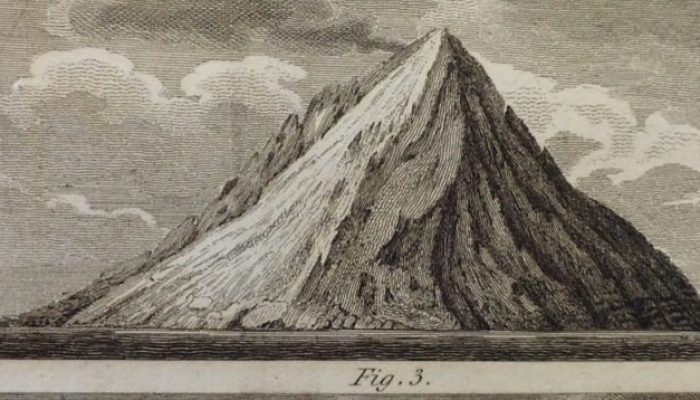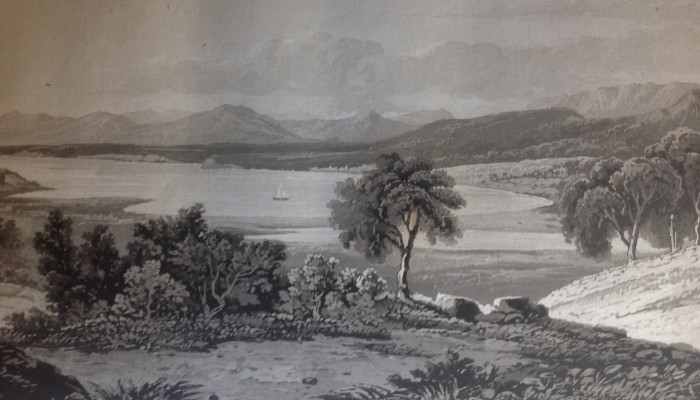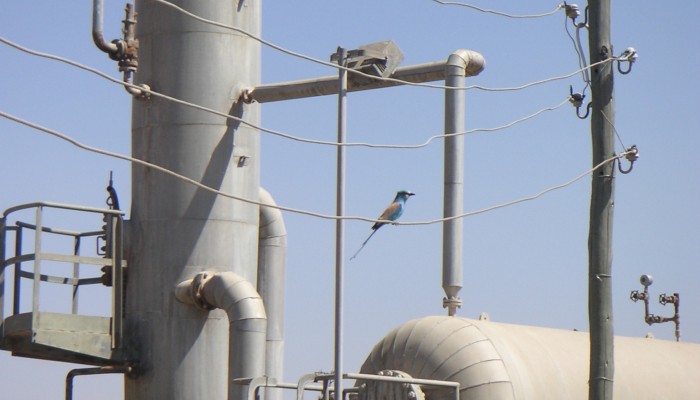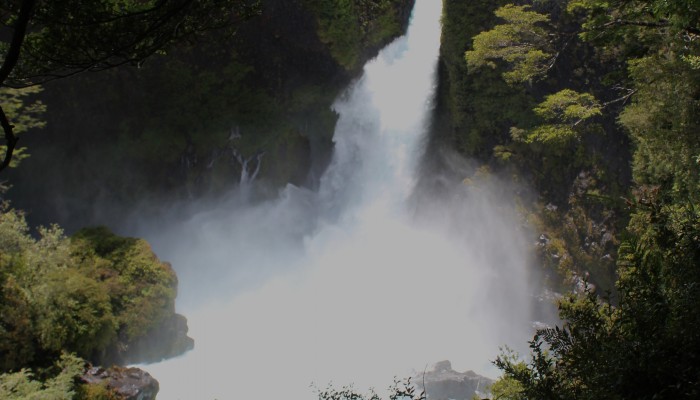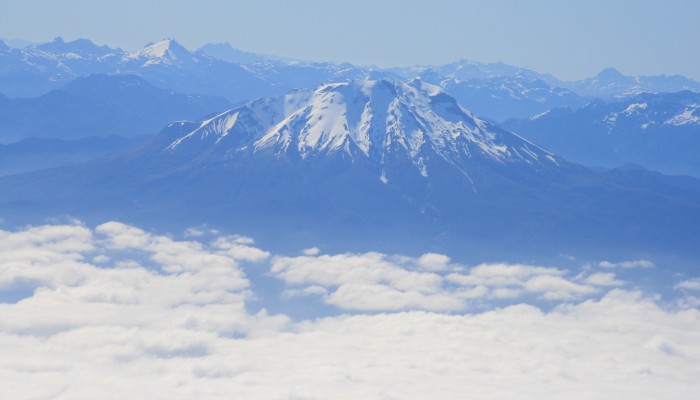The flooded caldera of Santorini volcano holds many secrets, buried beneath the ash and pumice of its last great eruption. In the Late Bronze Age, about 3600 years ago, an explosive eruption several times larger that of Krakatoa, 1883, wreaked devastation across this thriving island. A great trading port, Akrotiri, was buried under metres of pumice; preserving for future generations a snapshot of ...[Read More]
The smallest volcanic island in the world?
One of the delights of talking to children of primary school age is their disarming ability to ask really simple questions that demand straightforward answers, but leave you struggling to throw your academic caution to the wind. Even with the questions of the biggest, the smallest, the oldest and the youngest there are still different ways of (over)interpreting the question, that can leave you flo ...[Read More]
Volcanoes of the Ethiopian Rift Valley
The great Rift Valley of Ethiopia is not only the cradle of humankind, but also the place on Earth where humans have lived with volcanoes, and exploited their resources, for the longest period of time. Perhaps as long ago as 3 Million years, early hominids began to fashion tools from the volcanic rocks from which the Rift Valley was floored, including basalt and obsidian. The Ethiopian Rift Valley ...[Read More]
Maria Graham, and a large earthquake in Chile, 1822
As news comes in of another very large earthquake in Chile – the third magnitude 8 earthquake along Chile’s Pacific margin in the past six years – this is a stark reminder of the destructive potential of these extreme natural events. These days we are used to the rapid, or near-real-time diffusion of news as these events unfold – in this case, as the tsunami ran along the C ...[Read More]
Energy Poverty and Geothermal Energy Futures
Ethiopia is one of the most impoverished nations in the world, in terms of the number of people who live without access to electricity. The World Energy Outlook reported that in 2014, 70 million people in Ethiopia, or 77% of the population, have no access to electricity. Ethiopia is also one of the more volcanically-active regions of the world, with 65 volcanoes or volcanic fields that are thought ...[Read More]
Taking the pulse of a large volcano: Mocho-Choshuenco, Chile
As the recent eruptions of Calbuco and Villarrica in southern Chile have shown, the long arcs of volcanoes that stretch around the world’s subduction zones have the potential to cause widespread disruption to lives and livelihoods, with little or no warning. Fortunately, neither of these eruptions has, so far, led to any reported loss of life – but the consequences of these eruptions ...[Read More]
Calbuco erupts. April 22, 2015.
Volcan Calbuco, which burst into eruption on April 22nd, is one of more than 74 active volcanoes in Southern Chile that are known to have erupted during the past 10,000 years. Unlike its photogenic neighbour, Osorno, Calbuco is a rather complex and rugged volcano whose eruptive record has posed quite a challenge for Chilean geologists to piece together. The little that we do know about Calbuco’s e ...[Read More]
The great eruption of Tambora, April 1815
April 2015 marks the 200th anniversary of the great eruption of Tambora, on Sumbawa island, Indonesia. This eruption is the largest known explosive eruption for at least the past 500 years, and the most destructive in terms of lives lost, even though the precise scale of the eruption remains uncertain. The Tambora eruption is also one of the largest known natural perturbations to the climate syste ...[Read More]
Friday Field Photo – Alutu volcano, Ethiopia
Update: June 2015 Our open access research paper on Aluto volcano is now available online: Hutchison et al., 2015, Structural controls on fluid pathways in an active rift system: A case study of the Aluto volcanic complex, Geosphere 11, 542-562, doi:10.1130/GES01119.1

